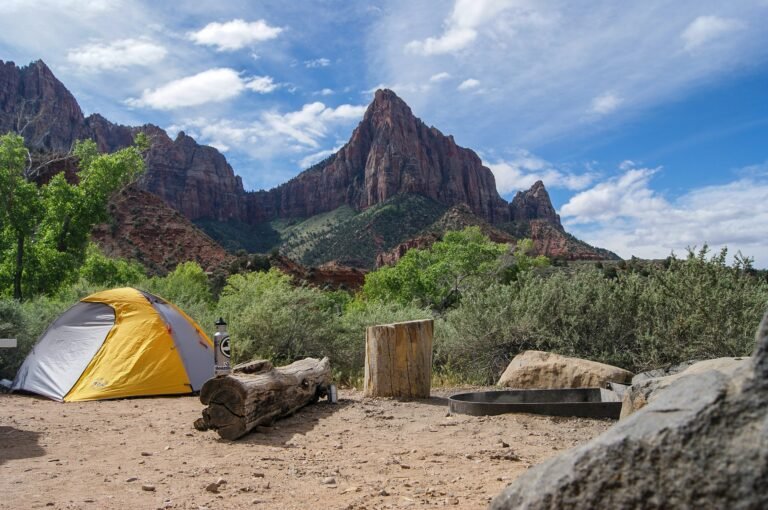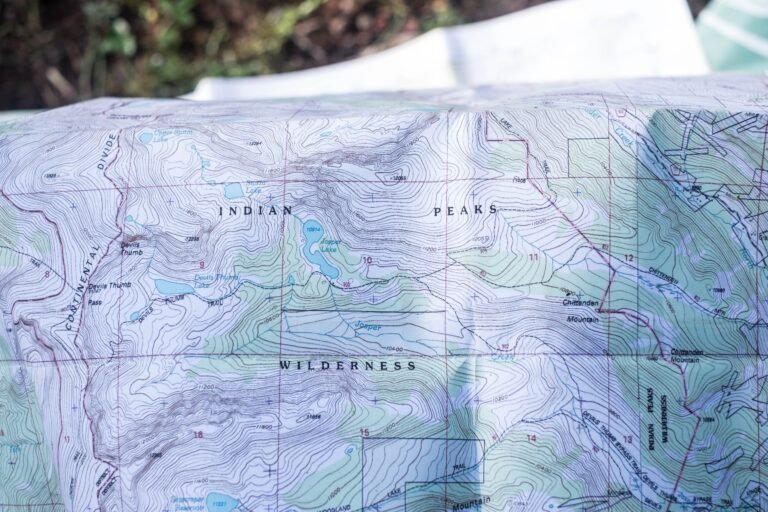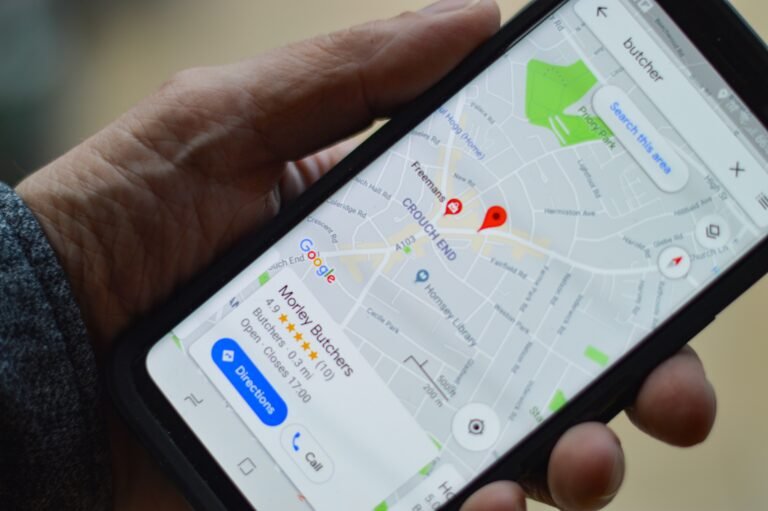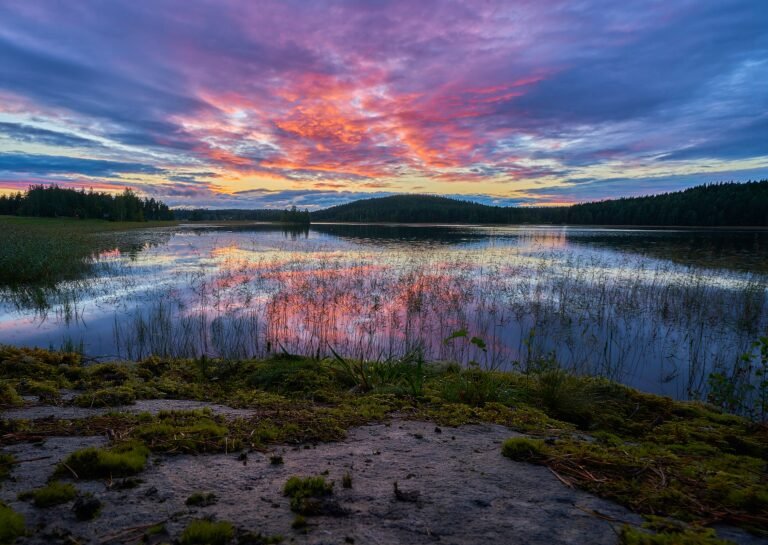How To Choose A Campsite

By GetFitFocus

Many of us dream about the great outdoors and think about getting away for a weekend by planning a trip into the great outdoors. There is so much to think about including safety, provisions and outdoor activities when you get there. Properly preparing will ensure you maximize your enjoyment and cover all the bases when it comes to your outdoor adventure. One important tip you want to make sure you learn is how to pick and choose a campsite.
It is important to remember when you choose a campsite that you will be spending a lot of time there in relation to the overall length of your outdoor stay. This will be your home base. This location will serve as your assembly area or main hub for your adventure. Therefore it goes without saying that you need to spend time to choose the best location.

Use A Map Before Leaving Home
It is a good idea to pick out some spots using a topographic map even before you leave home. A topographic map, often known as a topo map, provides detailed illustrations of man-made and natural features such as roads, railways, hills, valleys, lakes, rivers and lakes.
You may not be able to pick out the exact spot using the map, but you can identify a couple of good options before you arrive. This is important, because you may be packing a lot of gear and you don’t want to waste time and effort just wandering and looking for a spot to camp.
Arrive Early
The last thing you want to do is arrive at your potential campsite after dark. Even if you used a topo map to identify what you think is the perfect campsite there is always the risk that there are other factors that could make the spot not so great. You will have a number of things to consider when you’re making your decision and will need time to do so.
As mentioned earlier, you will be packing gear for your stay and that task becomes even more arduous if you don’t know exactly where you are going and it is dark. Even if the camping spot is one you have used or visited before, arriving early will make the whole process a lot more efficient if you can get settled before dusk. Plan your day accordingly by leaving early in the morning and giving yourself plenty of time to find and choose your perfect campsite.

Safety First
Safety is the first priority when choosing a location for your campsite. Don’t just choose the first area of flat ground that you find. You must make sure that this location is safe from any falling objects. Look up and around you to see if there are any loose branches or danger from other falling objects which may become dislodged while you are sleeping.
Before you set out you should have a good overall awareness about the wildlife inhabitants of the area. What kind of wild animals live there and could they be a threat to you. Is the area home to mountain lions or bears? While packing in ensure to look for evidence of large animals, like footprints and excrement. If you notice anything that looks suspicious then there is no harm in choosing a more appropriate location for your campsite.

Know Where You Are
If you are camping in a certified Management Area, like a National Park or Recreation Area then ensure you know where the boundaries are, and where you are located in relation to those boundaries. You can easily move outside those boundaries if not careful and find yourself on someone’s private property. This can create issues with landowners, so try to avoid this by closely monitoring your map.
Secondly, knowing where you are reduces the chances of you getting lost. Many recreational areas are expansive and cover hundreds if not thousands of acres. You really have to keep track of where you are, not only in case of emergencies but just to find your way out when it’s time to leave or move.

Choose A Spot Near Water
It is always nice to camp close to running water for a couple of reasons. Firstly you will be able to get water to boil and to wash with, besides waterways usually have good open areas surrounding them. If you plan on fishing while there, there is nothing like doing it near your campsite. Even if you bring your own water, being near water provides many advantages as opposed to not being near it.
However, you should make sure that you are above the floodplain as you never know when the level of the water could rise. Sudden torrential storms far upstream have been known to cause safety situations for campers even though it may not be raining where you are.

Choose A Good Fire Site
A fire is synonymous when you are camping. It really is not a camping trip if there is no fire. When choosing an area for your campsite make sure that there is a lot of loose wood around to use for the fire. Be careful not to choose a location near any dense undergrowth, which could catch fire and cause serious problems.
This is why choosing an area on level and firm ground is optimal. This will assist with you being able to start a fire and properly maintaining it for the length of your stay. Remember, never leave a fire unattended. If you and your party will be leaving the campsite (even briefly), ensure to put the fire out.
In Summary
There is nothing more exciting than camping out under the stars. However, a big part of your outdoor adventure success revolves around your main hub or your campsite. If you use the tips above then you will be well on your way to having that great time we all dream of when we think of an outdoor adventure.
There are numerous other things to think about in regards to your campsite, but these simple tips will help you vastly when choosing the perfect campsite.

